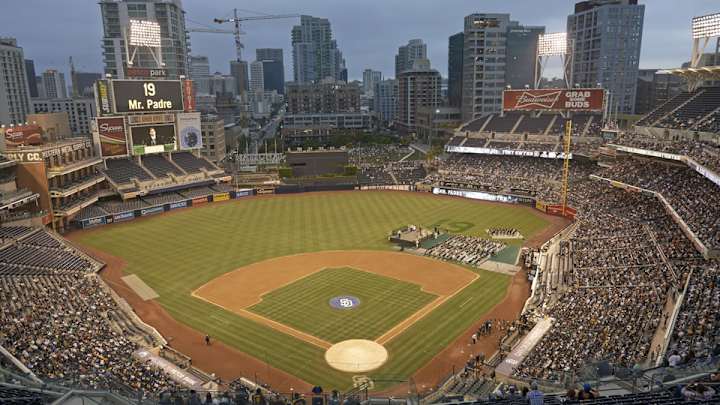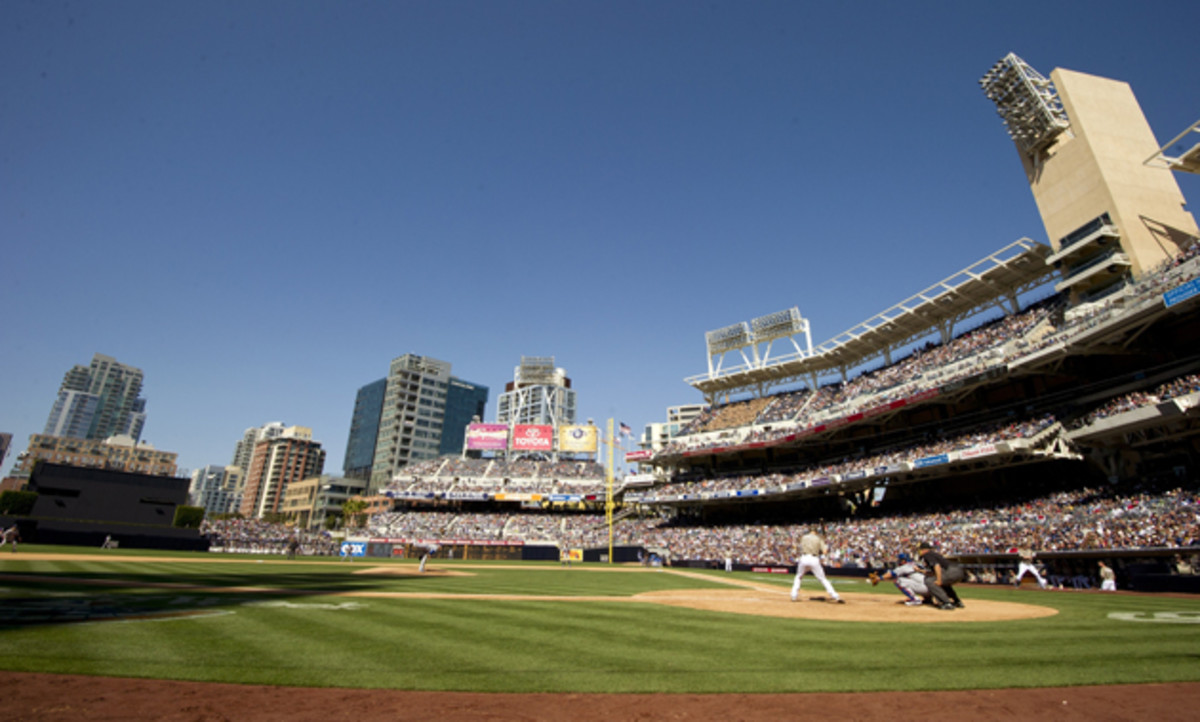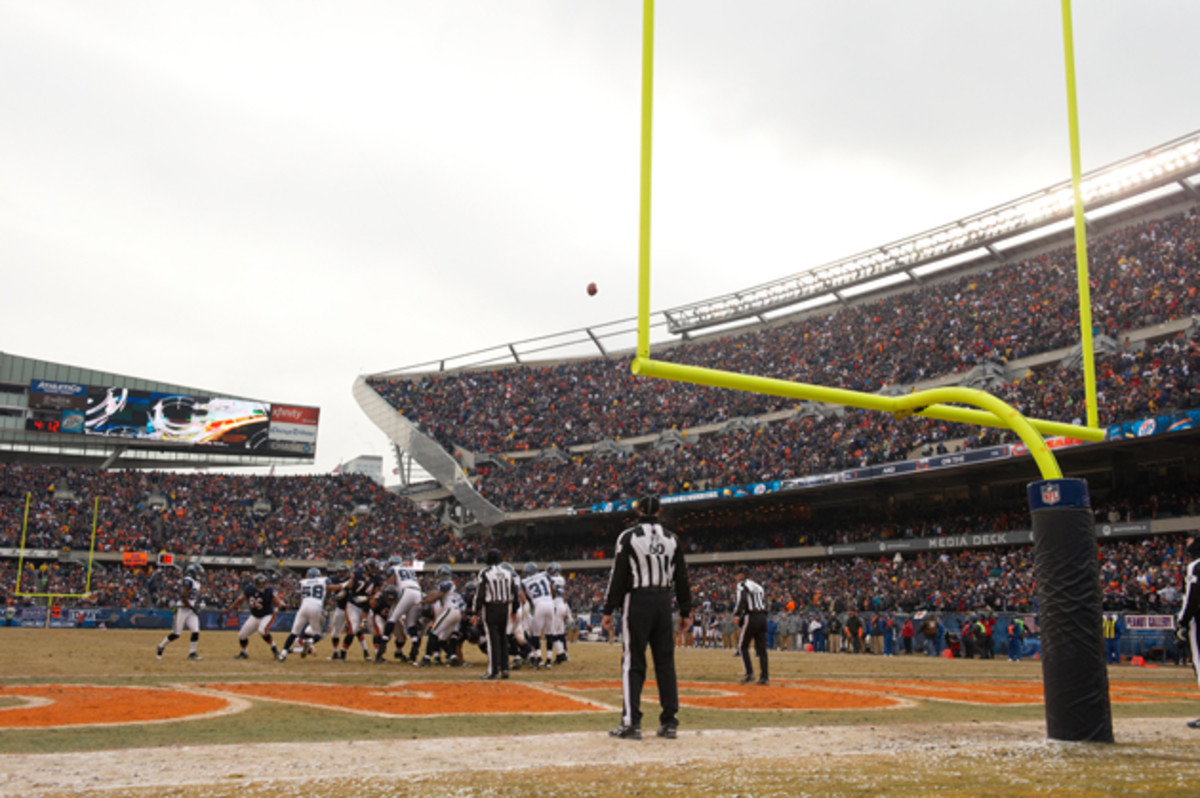Wired for Sound: The science behind stadium audio systems

We want our athletes throwing baseballs and footballs amazing distances, but we don’t want our stadiums throwing quite so far. We want our stadium aural experience to be crisp and clear, near us at all times.
Brian Divine, spokesman for Harman, a Connecticut-based entertainment sound company, explains to Edge how a recent overhaul of the entire sound system in San Diego’s Petco Park shows off the change in sound needs for professional sports.
“When you think back over the past 10 years to the way audio was used for just pure voice announcing, older systems were designed to accomplish that,” he says. “As the sports industry has evolved, it has become experiential and an entertainment piece. Now [owners] want to do higher impact and higher energy in conjunction with video during downtime to keep fans involved and increase engagement.”

Higher energy and a higher impact experience require crisp sound.
To get there, firms such as Harman employ sophisticated acoustic modeling to create the same sound experience for every fan.
Divine says that the first fundamental rule requires that no speaker overlap another—for fear of sound cancellations at certain frequencies. The modeling proves critical, creating “almost a rectangle of coverage.” But getting those rectangles to meet up and not overlap, well that degree of precision requires skill.
Pop the top: The future of retractable roofs
A stadium sound system can take up to two years to design. In San Diego, the architectural layout of Petco combined with the ocean air nearby made that design more interesting, Divine says. Every exposed speaker in the building was changed out with JBL weatherized products to help them survive year-round so close to saltwater. In the upper deck alone, Harlan installed four different types of speakers, each type used at least 23 times as part of a distributed system with hundreds of individual boxes from BSS Audio, Crown and JBL.
The “big, loud boxes” throw sound up to 200 feet, combining with smaller speakers under the balconies to get sound into these “shadow” areas. Rings of delayed speakers fill in where needed and the concourse areas have their own set of speakers. Even San Diego’s Park at the Park has its own specialized system—complete with up-to-date modeling—to improve what was a quite muddled sound. The stadium’s restaurants and bars received updates with a “light touch.” It all required a complete update of the two amplifier rooms in Petco.
Divine says the style of speakers must fit with not only an owner’s budget, but also the architectural design of a stadium. Some stadiums require huge clusters of speakers, where others allow the distributed system. Where it gets tough, though, is when architectural limitations require the throwing of sound vast distances.

In Chicago’s Soldier Field, Harman made the best of the situation that required sound to be thrown up to 600 feet from one of the speaker clusters. Working on a retro fit such as that, even the installation can prove challenging, forcing crews to helicopter in speaker clusters to mount on top of a stadium simply too tall for a crane.
But other fixes prove simpler, such as in St. Louis’ Edward Jones Dome, where Harman used 220 long ribbons to recently update that system. The speakers there come with the ability to control the entire system digitally, providing flexibility based on use, whether a football game, concert or convention, to turn sound up or down in varying sections. “Take Staples Center, for instance,” Divine says. “That room is in use 300 nights a year. You have to be flexible enough to adapt.”
Differing events also require changing sound pressure levels, Divine says. While you may need those levels louder to fill an outdoor NFL stadium seating 70,000 folks than for a tight-knit 40,000-seat baseball venue, the levels must fall evenly across the board for optimum sound.
With sound such an important aspect of the overall fan experience, the athletes aren’t the only folks working on throws.
Tim Newcomb covers stadiums, design and gear for Sports Illustrated. Follow him on Twitter at @tdnewcomb.
